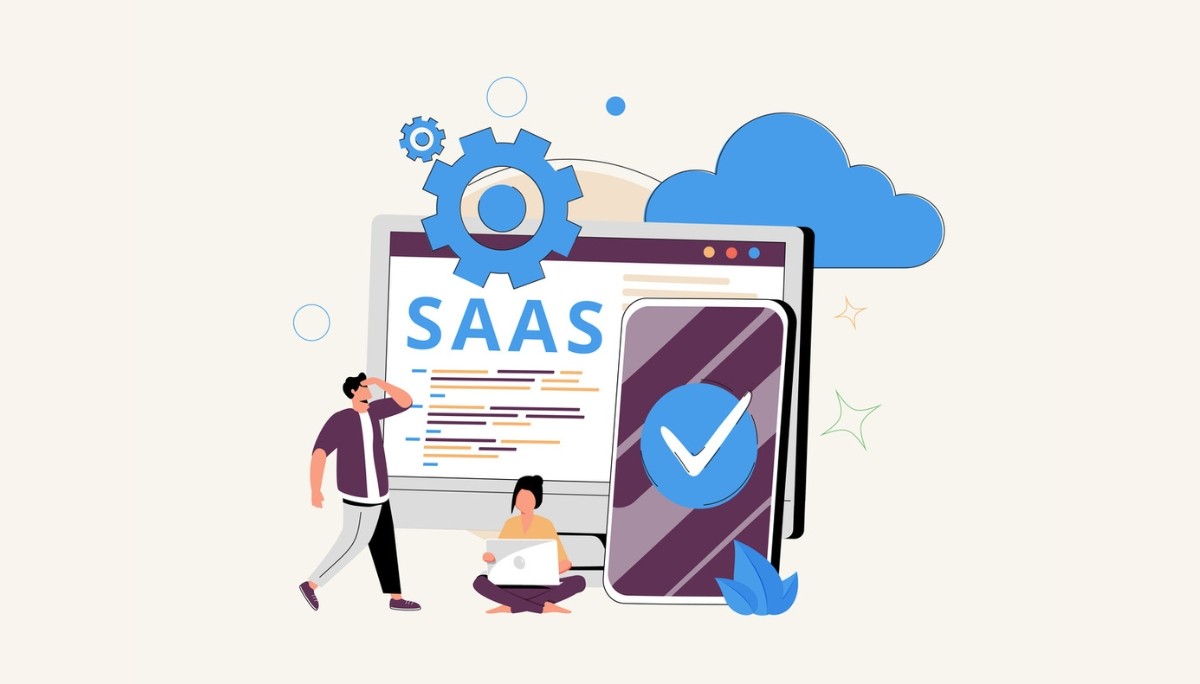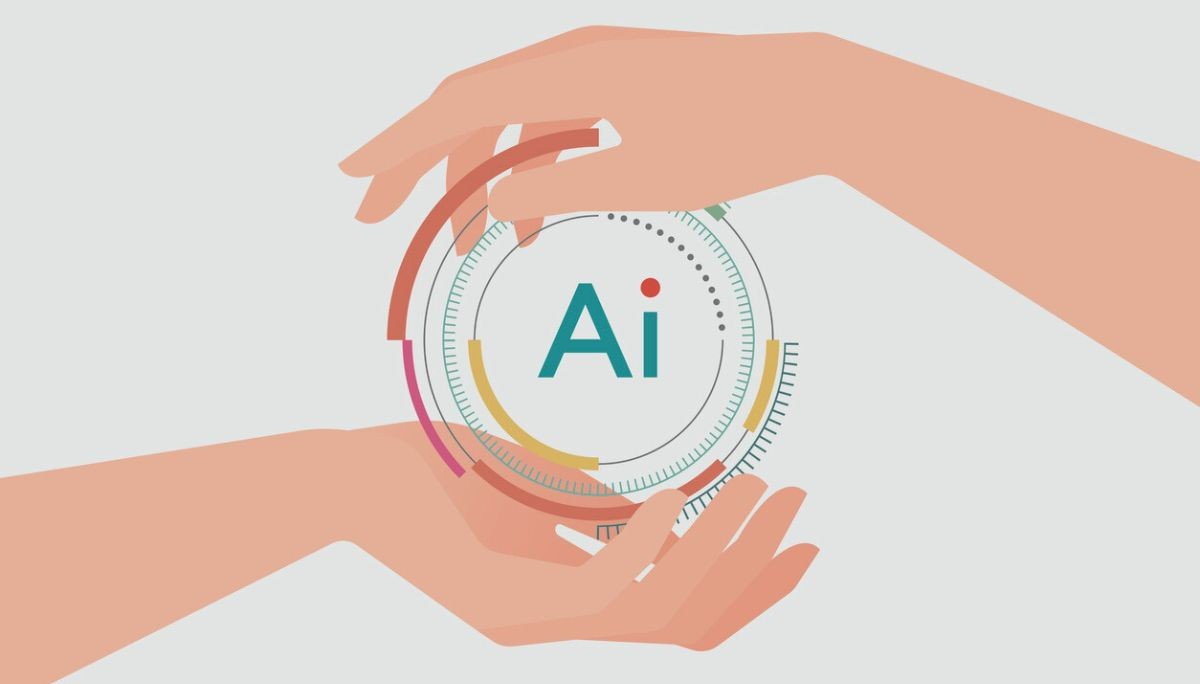Dev, Staging, and Prod: Understanding Software Development Stages
By
Ethan Fahey
•
Oct 14, 2025
Testing in staging and production environments plays a crucial role in ensuring software stability and performance. A “test prod” setup allows teams to catch issues that might only appear under real-world conditions, helping maintain reliability and user trust. For recruiters and engineering leaders, understanding how teams handle testing environments can reveal a lot about their development maturity. With Fonzi AI, companies can identify and hire engineers who follow best practices in testing and deployment, ensuring smoother releases and more dependable software performance.
Key Takeaways
The software development lifecycle consists of three key environments: development, staging, and production, each serving distinct roles in ensuring software quality.
Development environments allow safe code innovation, staging environments act as final checkpoints for testing before public release, and production environments host live software interacting with users.
Effective management of these environments, including configuration management, CI/CD practices, and continuous monitoring, is crucial for minimizing deployment errors and ensuring reliable software performance.
Understanding Deployment Environments

Deployment environments are the backbone of the software development lifecycle, providing the necessary context for executing software applications in the next deployment environment. Development, staging, and production environments each have unique properties and roles in moving a project from concept to live application.
Effective design and management of these environments lead to robust, reliable software. Development, staging, and production are standard deployment environments for large and medium-sized applications.
What is a deployment environment?
A deployment environment includes systems, libraries, and configurations that facilitate software execution. These environments provide the essential context for running applications throughout the software development lifecycle.
The main types of deployment environments include development and production environments, each with its own set of environment variables and configurations.
Why are multiple environments needed?
Multiple environments maintain software quality and stability, ensuring flawless functionality at each stage in all the environments. This includes everything from the initial builds to the final deployment. Synchronizing configurations between environments ensures consistency and reduces deployment errors.
Environment-specific configuration files enable configuration changes without modifying the main codebase, enhancing flexibility when they are configured differently.
Development Environment: The Sandbox for Innovation

The development environment is where software developers write and test code safely without affecting live systems. Most software applications use multiple deployment environments to improve development and minimize errors. A centrally controlled environment allows for multiple developers to collaborate on code changes, and the development environment affects how effectively they can do so without affecting external users.
It serves as a private workspace for developers to create and test new code, ensuring a more efficient development process and managing the source code.
Key features of a development environment
The development environment is a sandbox for writing, debugging, and refining code. A local database or test databases are commonly used to avoid costs. Lightweight, ephemeral development environments are suggested for ease of use.
Cloud-based, ephemeral development environments enable thorough testing and accelerate development cycles.
How developers use the dev environment
In the dev environment, developers write, debug, and refine new and changed code without affecting live systems. Preliminary tests are conducted before advancing to the next stages, enabling effective code testing and debugging.
Ephemeral environments provide faster feedback loops and reduce resource contention.
Staging Environment: The Final Checkpoint

Staging environments replicate production settings to test and polish code before deployment. They serve several important functions:
Help identify and fix bugs before they affect production systems
Act as a dress rehearsal for software updates
Enable developers to catch issues before production release
Moving from development to staging lets developers perform final checks and polish features before public release.
Why staging environments mirror production
Staging environments mimic production setup settings, allowing thorough testing in a testing environment to prevent buggy code from reaching users. A stage environment helps mimic production closely, facilitating thorough testing in a stage environment to catch potential issues before going live.
This prevents deploying faulty code that could disrupt production servers.
Common practices in staging environments
Staging environments commonly test sensitive processes like database migrations and beta testing. Integration and user acceptance tests are conducted in staging environments that closely resemble production. Directors, product managers, and stakeholders usually validate updates in the staging environment.
Enhancing staging environments involves implementing CI/CD pipelines, monitoring pre-production, and using feature flags.
Production Environment: Where Software Meets Users

The actual production environment hosts live software that interacts with real data as users interact. It’s critical because errors affect users, and it’s where companies generate revenue. Here, the latest software versions are available for user interaction, with the application fully operational.
Production testing ensures quality assurance and determines the software’s effectiveness for user behavior interaction through performance testing, hardcore testing, quality control, test data, and load testing.
Characteristics of a production environment
A production environment demands high stability, performance, and reliability for effective functioning. Downtime or bugs in production directly impact users' access.
Ensuring stability in production
Phased rollouts gradually introduce updates to minimize risks in production. Feature flags enable testing updates on a user segment in production, managing risk by controlling feature exposure.
Initial roll-outs to a few users ensure stability before a full-scale release.
Types of Software Testing Across Environments

Software testing ensures quality and functionality across different environments throughout the development lifecycle. In the dev environment, software engineering developers conduct preliminary tests to ensure code functionality before moving to other stages.
In the staging environment, user acceptance testing (UAT) validates that the software meets business requirements and ensures customer satisfaction. Managing different environments effectively enhances software quality and minimizes deployment risks.
Unit testing in development
Unit testing verifies the functionality of individual software components early in development. Unit tests help developers identify and fix bugs early, reducing costs and improving software quality, ensuring the tests pass.
Version control tracks changes and facilitates effective collaboration among developers in a development environment. Unit testing and version control together ensure a structured, efficient development process, leading to higher quality software.
System integration testing in staging
System integration testing ensures all components of an application work together as intended. In the staging environment, this testing validates readiness for production. It ensures new features and existing functionality work harmoniously, preventing major issues from entering production.
User acceptance testing (UAT) in staging
UAT is conducted in a production-like environment to validate the software against user requirements. This phase confirms the software meets user expectations before launch. Mimicking the production environment, UAT identifies issues that earlier testing phases might have missed.
Best Practices for Managing Multiple Environments
Effective management of multiple environments prevents problematic code deployment. CI/CD pipelines are often used in staging environments to automate testing and deployment. Test environment management and monitoring pre-production settings can proactively identify potential deployment issues.
Configuration management
Consistent configurations across environments prevent deployment discrepancies. Regular configuration audits can identify discrepancies and enhance security with the same configurations.
Automated configuration management tools can significantly reduce human error.
Automated testing and deployment
CI/CD practices streamline deployment and reduce human error. Integrated Development Environments (IDEs) boost productivity by offering coding, debugging, and compiling tools in one interface.
Rollback mechanisms in deployment processes safeguard against failures.
Continuous monitoring and feedback
Continuous monitoring helps teams quickly identify and address performance bottlenecks. Advanced monitoring tools offer real-time insights into system performance, while feedback loops allow teams to swiftly address issues identified through monitoring.
Introducing Fonzi: Revolutionizing AI Talent Hiring
Fonzi is a curated AI engineering talent marketplace connecting companies to top-tier, pre-vetted AI engineers through its recurring hiring event, Match Day. Fonzi streamlines the hiring process for AI engineers by directly connecting them with employers.
It enhances the candidate experience, ensuring engaged and well-matched talent.
How Fonzi works
Fonzi uses structured evaluations and organized Match Days to efficiently connect companies with suitable candidates. Candidates undergo a selective application process, including an AI interview, before matching with employers.
Fonzi provides high-signal, structured evaluations with built-in fraud detection and bias auditing, unlike black-box AI tools or traditional job boards.
Benefits of using Fonzi
Fonzi can significantly reduce hiring times and incorporates features like fraud detection and bias auditing into the recruitment process. Fonzi ensures fast, consistent, and scalable hiring, with most hires occurring within 3 weeks.
Bias auditing is included to ensure fair hiring practices.
Success stories with Fonzi
Fonzi has successfully helped organizations of all sizes hire skilled AI engineers. Startups and large enterprises alike have used Fonzi to hire skilled AI engineers, showcasing its effectiveness across different company sizes.
Fonzi supports early-stage startups and large enterprises, from the first AI hire to the 10,000th.
Dev, Staging, and Prod: Understanding Software Development Stages
The journey from development to staging to production is a well-coordinated software development process that ensures software quality and reliability. Each environment has a distinct role:
The development environment is a sandbox for innovation.
The staging environment is a final checkpoint.
The production environment is where software meets users.
Understanding these stages is crucial for any organization looking to deliver high-quality software on its software journey.
Environment | Purpose | Key Features | Common Practices |
Development | Writing and debugging code | Local databases, ephemeral setups | Unit testing, preliminary testing |
Staging | Final testing before production | Mirrors production | System integration testing, UAT, database migrations |
Production | Live user interaction | High stability and performance | Phased rollouts, feature flags |
Summary
Understanding the roles of development, staging, and production environments is essential for successful software development and deployment. Each environment serves a unique purpose, ensuring that software is thoroughly tested and reliable before it reaches the end-users. By following best practices and leveraging tools like Fonzi, organizations can streamline their development processes and achieve greater efficiency and quality.




